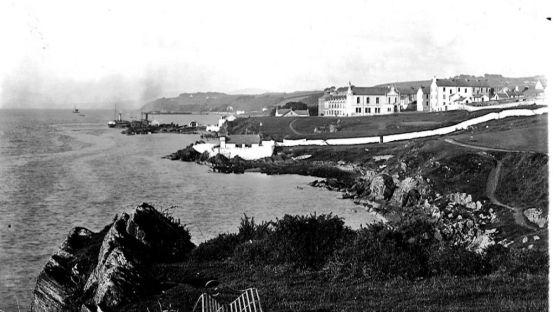Archives | State Papers
Secrets of the powers that be
The new files clearly reveal that large numbers of Russians applied to enter the Free State, but the granting of a visa to do so was guarded. This was the time when the authorities in the UK and the Free State were concerned about possibly undesirable entrants, including Soviet agents – the West was passing through a “red scare” phase.
(The first-ever Labour government in UK collapsed on November 4, 1924 as a result of the fake ‘Zinoviev letter’and a series of anti-emigration acts became law in US.)
A typical case and how it was dealt with occurred in September 1924. In August 1924 at the Irish Free State Passport Control Office in New York, Mr Israel Hertz applied for a visa to come to Ireland. He was intending to visit Mr and Mrs B. Cowan living on the South Circular Road.
The visa was delayed, while the Dublin police were asked to look into the status of Mr Cowan (who must once have once been a Cohen, one supposes).
The Superintendent of A Division reported that Mr Benjamin Cowan was a Russian-born commercial traveller, who had lived in Dublin since 1900.
The applicant’s father actually lived in Glasgow, and Hertz junior, who gone alone to the US, was a jeweller and watch maker.
His visit was to see his family and friends and would last a matter of weeks. “Cowan is a respectable man, and the police here have no objection to put forward to reject the visas,” New York was informed. Israel Hertz got his Irish visa.
(The 1911 census reveals that Benjamin Cowan was a draper. He then lived with his family at 33 Synge Street, where his brother was a “financial agent”, and they employed a Catholic servant girl.
Their old father was a retired tailor; neither he nor his wife could not read or write. On paper they seem very typical of lower middle class Jews in Dublin then, even down to their callings.) [File 2014/85/72]
Passports
Irish government actions in the matter of visas were constrained by the British practice, which was to grant Russians visas only when on business, and not for mere “travel”.
However, they also recognised the passports of the Tsarist regime and of the liberal Kerenski government too. [File 2014 /85 /333]
Entry
The entry of aliens was still governed by the Aliens Order of 1920. When an alien arrived at Cobh or Moville, the only two approved ports in the Free State, he would be interviewed by an Immigration Officer and was required to show that he fulfilled the conditions set out in the Aliens Order.
Those arriving at British ports were interviewed there, but not again on reaching Ireland.
In 1932 the alien was still required to give his full name and address, the proposed address he would visit in Ireland, the reason for taking up residence, whether for employment or to enter into business.
The names of two citizens of the Free State were to be given as referees and also details of the alien’s financial standing. Only when all this was furnished would any consideration be give to the application. [File 2014/85/18]
Neutralised
Yet there was also a more humane side to the process. Again in 1932 Albert Siev, who had lived in Ireland since 1911, and was naturalised in 1917, wished to bring into Ireland to join his family an eight-year-old Lithuanian girl of Jewish origin.
Siev, the police reported, had house property throughout the city, and was “reputed to be in affluent circumstances”. Because she was “of tender years” there was no official objection to granting permission for her to come and live in Ireland. (Eight years later the country was forcibly united with the Soviet Union.) [File 2014 /85 /18]


 Peter Costello
Peter Costello Moville port
Moville port 